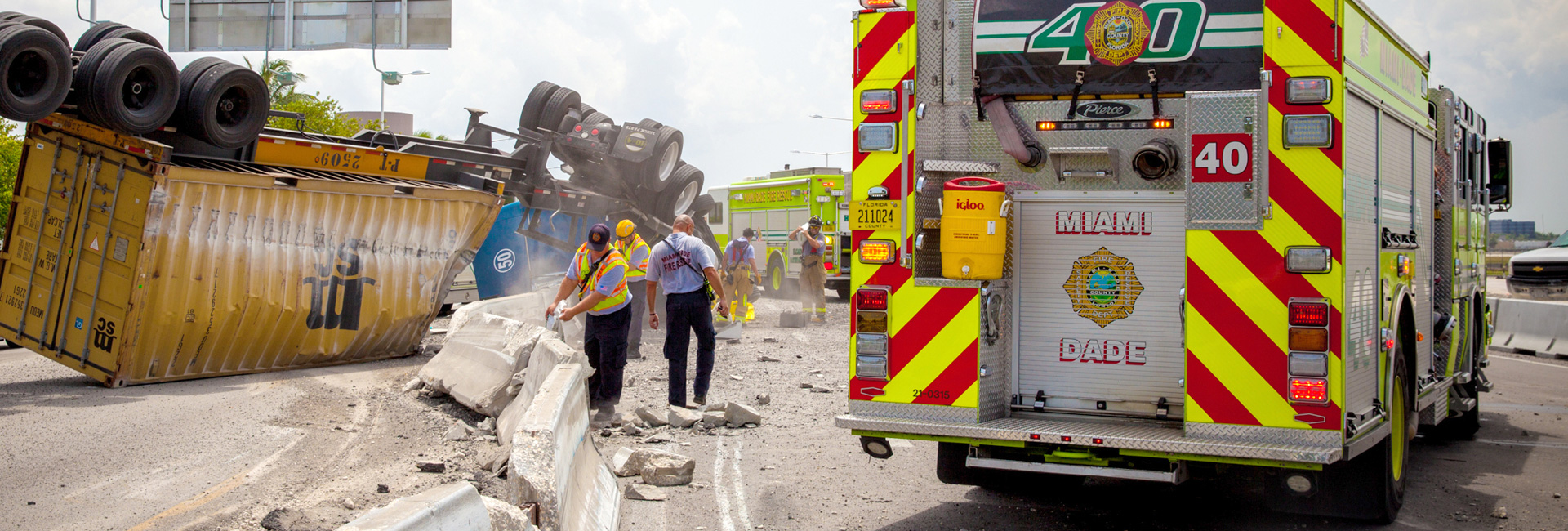Safety Tips: Car Safety Seats for Infants and Small Children
Most parents and caregivers understand the importance of car seats, and most drivers ensure that children are correctly restrained. Not only is it the law, but failing to secure a child in a car seat can lead to serious injuries—or worse.
An unrestrained child in a moving vehicle can also be a potential projectile, putting everyone in the car at risk. Properly securing your child isn’t just about following the rules but protecting lives.

Fire Rescue
Raied "Ray" Jadallah
R. David Paulison Fire Rescue Headquarters
9300 NW 41st Street,
Miami, FL 33178-2414
786-331-5000
